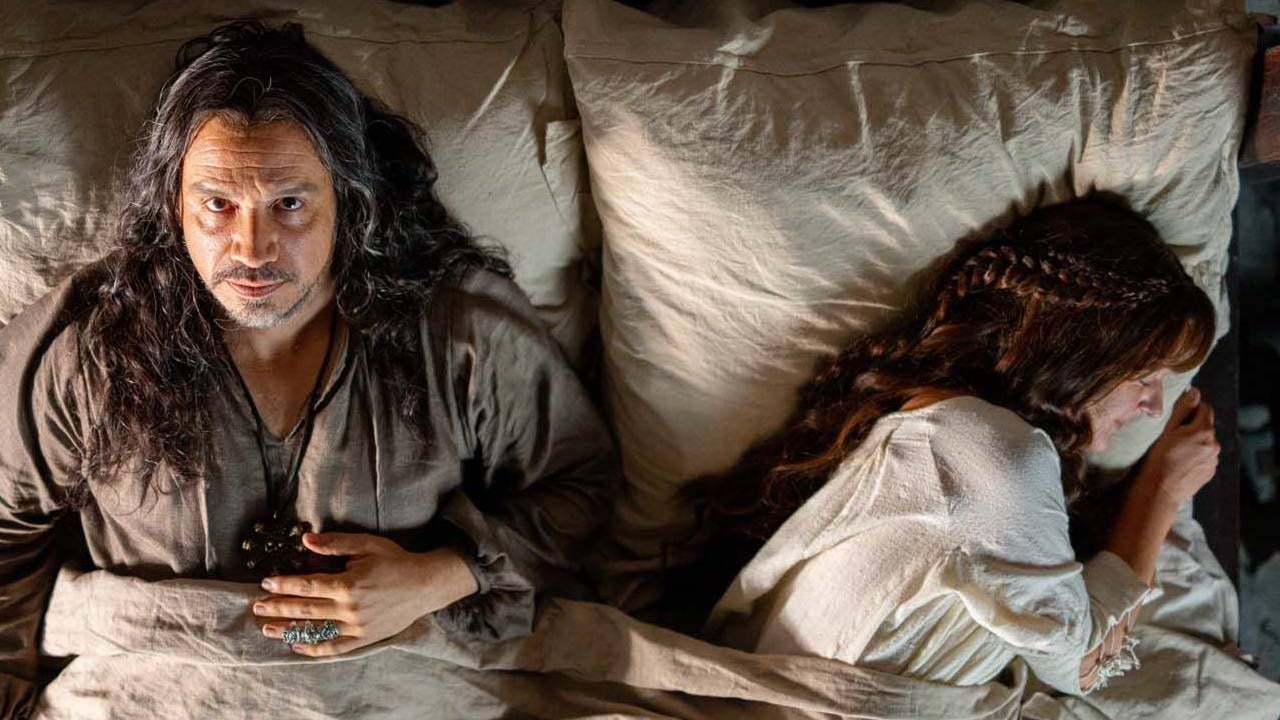This unforgettable genre deserves a rediscovery through the characters (real and fictional) that have marked an era in Spanish cinematography and in its recent history, as well as being a testimony to the ravages of the lack of opportunities.
For a time, Spanish cinema focused on street stories, on life in the suburbs and on a generation of young people injured by drugs, purse snatching and rebellion without a cause. Yes, it’s about the quinquis, those anti-heroes who barked at life without hope with a knife between their teeth and a lacerating youth that split their veins in the tragedy of the poppy.
These stories have been installed, forever, in the memory of a generation of viewers and now they return as an inescapable testimony to those who want to discover or return to a way of making and understanding cinema like no other in Spain. Non-professional actors, ex-criminals, transgressive stories… with the cinema quinqui We are not entering an exciting world, full of nuances and a pulsating suburb. And these are the five most iconic characters that you can know, or rediscover, thanks to FlixOle.
the jar

The story of Jose Luis Manzano collect the spirit of what is I quinqui. A boy without a job or benefit, wrapped in the unemployment of his time and with the aura of brevity. Eloy de la Iglesia, master of the genre, a contradictory person, ran into his fetish actor on the street. There, in that privileged box of life, the untrained director found what would be his untrained actor. Two castaways who would be saved thanks to the vibrant authenticity. Manzano, who hardly knew how to read or write, worked as a prostitute to earn money and that is how he met De la Iglesia. When he wanted to roll navigators he thought of him as his leading man.
From that marginal encounter arose a phenomenon that would explode with Peak. José Luis Manzano and Eloy de la Iglesia became a human machine for generating successes box office. Manzano even knew how to get out of himself to interpret the drama set in the Basque Country. The amazing thing about this actor and character who is the epitome of this genre was the end of him, so much of his characters. The destructive image that he himself showed of heroin did not save him from dying because of it in 1992, after being released from prison for assault with intimidation.
Despite everything, we will remember it as Jose Joaquin Sanchez Frutos, the jarin navigators. The film that opens the door to a world that is already part of our cinematographic history. A young man escapes from reform school, steals to earn money and a prostitute falls in love with him. Pulls, chases, muggings, festering love. The great start.
the heifer

A myth of Spanish society. by profession marginalized. Anthological is the start of the 1985 film I, “The Heifer” in jail: «I was born here, on this other side of society. And I could never, or never wanted to, move on to the other». If the UVA in Vallecas did not give way to glory, neither would the Campo de la Bota in Barcelona. Juan José Moreno Cuenca is the real Heifer who intones those shocking phrases, true, from the film. Her interpreter Raúl García Losada, shows us how life rushes to delirium when his mother goes to prison.
El Vaquilla inspired delinquents, other brothers of the hardware brotherhood and a group of authors who have wanted to tell what life is like for someone who commits a murder at the age of 12. Jose Antonio de la Loma, the director of the film, knew how to bring the impact of all this with the professionalism that characterizes him. We can also see it in the sequel: three days of freedom.
the pirri

Great supporting characters also make great movies. José Luis Fernández Eguina was like Manzano. A child born from absences (of opportunities, of parents, of education…). And like him, Eloy de la Iglesia also discovered him, who incorporated him to navigators, The Peak, The Peak 2 either The Vallecas tobacconist; in turn participated in wonders, Be unfaithful and do not look with who. He not only made movies quinqui, but we will remember him mainly for wondersa film of Manuel Martinez Aragon who stars together with Fernando Fernan-Gomez.
Wonders (Christina Marcos) is a fifteen-year-old girl whose father (Fernán-Gómez) steals to go on erotic trips. Luckily, she has the help of some of her godparents who love her and protect her from her, but she will be involved in a robbery that will point to her father as a suspect in a murder. She is worth keeping silent on everything else to avoid spoilers. Again, robberies, murder, El Pirri and Fernando Fernán-Gómez. you don’t need more.
Unfortunately, El Pirri succumbed to robbery, jail and premature death with an overdose at the age of 23.
Ángela and Pablo (the couple of hurry up)

Our Bonnies and Clyde. Members of a gang of young people who, like the previous ones, were abandoned by life too soon. Carlos Saura hired non-professional actors to shoot another unavoidable film of the genre. In that casting she ran into Berta Socuéllamos (Ángela) and José Antonio Valdelomar (Pablo), two boys from Villaverde Alto in Madrid.
Ángela and Pablo, together with their friends, they start an escalation of robberies while they suffer the anodyne of a world that has turned its back on them and from which they escape with heroin. Live fast, feel your best and get a easy money which, in the end, ends up asking for violence. Saura got what he wanted with this solid film that won the Berlin Golden Bear in 1981.
the lute

Eleuterio Sánchez, El Lute, could be considered the first quinqui antihero; a protoquinqui of the sixty who would resort to robbery and escapes. The event that triggered the legend is one of the best known in the criminal history of Spain: the robbery that ended with the death of the security guard in a jewelry store on Bravo Murillo street in Madrid on May 5, 1965. Also, the conviction to death imposed on him in the penultimate decade of Francoism.
From there, Imanol Arias gives life to this character in The Lute: Walk or bust. The death sentence is commuted to life imprisonment and, during the transfer, he decides to escape and must flee from the Civil Guard.
We are lucky to have a second part: El Lute II: tomorrow I will be free. In this film, El Lute wants to live like the payos, has a lifestyle in mind and is not willing to let anything stop him after escaping from the Puerto de Santa María prison.
All the films mentioned are included in the catalog of more than 4,000 titles that can be enjoyed on FlixOlé. Now you can subscribe for only €3.99 per month. You also have a 14-day free trial. Go into flixole.com for more information.
Source: Fotogramas
Rose James is a Gossipify movie and series reviewer known for her in-depth analysis and unique perspective on the latest releases. With a background in film studies, she provides engaging and informative reviews, and keeps readers up to date with industry trends and emerging talents.


![It All Begins Here: What’s in store for Monday 20 October 2025 Episode 1288 [SPOILERS] It All Begins Here: What’s in store for Monday 20 October 2025 Episode 1288 [SPOILERS]](https://fr.web.img4.acsta.net/img/61/5b/615b86ae565677594436e6cf1c0294ba.jpg)



